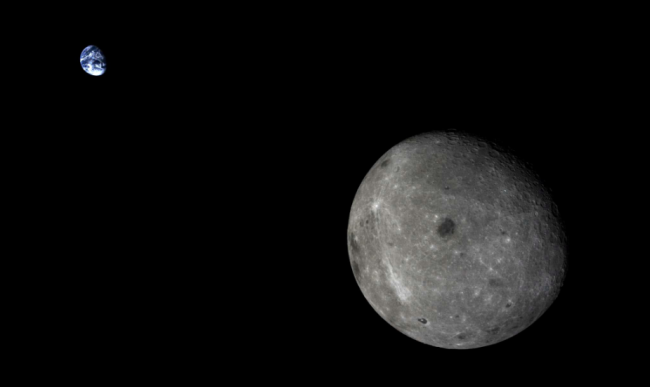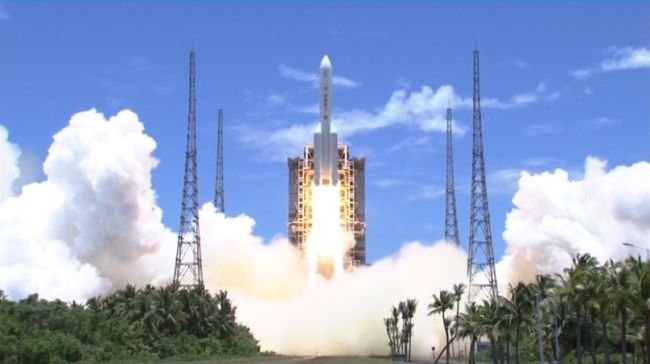Search the Community
Showing results for tags 'mars'.
-
China's first fully homegrown Mars mission is on its way to the Red Planet. The Tianwen-1 mission launched atop a Long March 5 rocket from Hainan Island's Wenchang Satellite Launch Center this morning (July 23) at 12:41 a.m. EDT (0441 GMT). Tianwen-1 consists of an orbiter and a lan...
-
This photo of Mars taken by NASA's Curiosity rover on Nov. 1 shows a bleak landscape of hills and hazy crater mountains. The huge ridge in the background is the rim of Gale Crater, which surrounds Curiosity for about 50 miles (80 kilometers) in every direction.
-
This movie is no extraordinary i say, but for the purpose of entertaining i'd say it's a good movie. The first human born on Mars travels to Earth for the first time, experiencing the wonders of the planet through fresh eyes. He embarks on an adventure with a street smart girl to discover how he cam...
-
When the sun huffs and puffs, its solar wind blows part of Mars' atmosphere out to space. That's the key finding announced at a NASA press conference on Thursday by researchers working on the Mars Atmosphere and Volatile Evolution (MAVEN) mission. The MAVEN mission's spacecraft has been circling t...
-
So i came across this image from the mars rover as you can see, there seems to be steel wheels on the surface, in the attached images i have resized the section of interest, hope you enjoy. Below you will find the original image from NASA http://mars.jpl.nasa.gov/msl-raw-images/ms...
-
For forty years now the -- sending astronauts to Mars has only been no victory it's dangerous it's complicated from governments it would cost hundreds of billions of dollars. But now comes Dennis Tito will -- -- the first space tourist in 2001. When we bought arrived from the Russian space agency so...
-
A Trip to Mars -- Without Leaving Russia A simulated mission to Mars is drawing to a close in Moscow after 520 days. The test astronauts will be weak and pale, but an international team of researchers has learned a number of vital medical lessons. Now German scientists hope to start a mo...
About Us
We are glad you decided to stop by our website and servers. At Fearless Assassins Gaming Community (=F|A=) we strive to bring you the best gaming experience possible. With helpful admins, custom maps and good server regulars your gaming experience should be grand! We love to have fun by playing online games especially W:ET, Call of Duty Series, Counter Strike: Series, Minecraft, Insurgency, DOI, Sandstorm, RUST, Team Fortress Series & Battlefield Series and if you like to do same then join us! Here, you can make worldwide friends while enjoying the game. Anyone from any race and country speaking any language can join our Discord and gaming servers. We have clan members from US, Canada, Europe, Sri Lanka, India, Japan, Australia, Brazil, UK, Austria, Poland, Finland, Turkey, Russia, Germany and many other countries. It doesn't matter how much good you are in the game or how much good English you speak. We believe in making new friends from all over the world. If you want to have fun and want to make new friends join up our gaming servers and our VoIP servers any day and at any time. At =F|A= we are all players first and then admins when someone needs our help or support on server.











